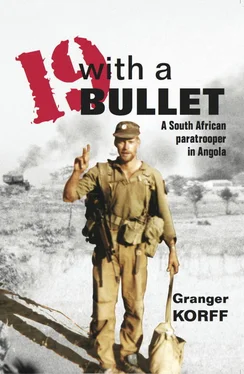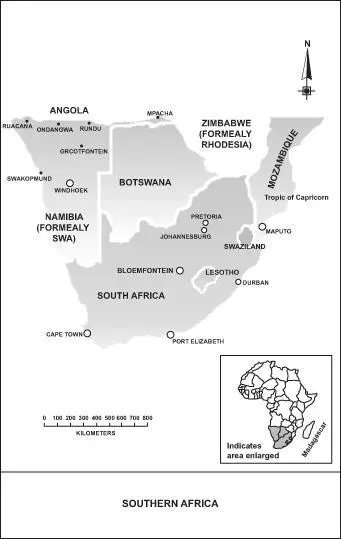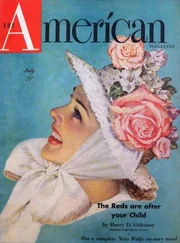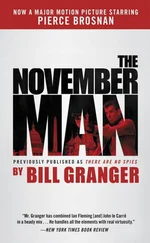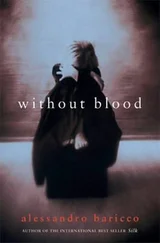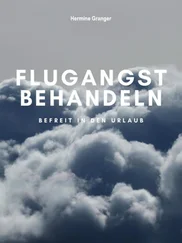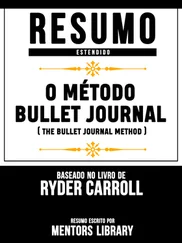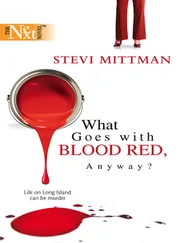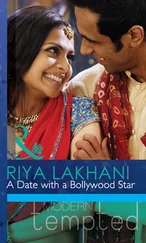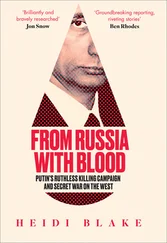Granger Korff
19 WITH A BULLET
A South African Paratrooper in Angola
For Richard Dawsan
and all the paratroopers who served on the border
Ex alto vincimos
Orders issued, kit inspected, waiting patiently
Siren blaring, breath momentary abating
Helicopter gunships locked and loaded, flown to battle
Falcon 3 mounting choppers, blades rotating, dust dissipating
Battle plan explained, maps read, radio comms checked
Loaded to the hilt, licensed to kill
Pressure on Doogy’s machine gun guarding open doors
Instinct kicks in, hands check weapons
Camouflaged faces like flint, eyes like fire, fit for battle
Edging closer to war we go
Communications update, enemy sighted
Smelling fear or is that death?
Could the mind defect? Kill or be killed?
Noise, noise and more noise, quiet mind, be still!
Power backs up, target reached
Hovering gunships, effective 20mm cover fire
The flight engineer shouts, “Go boys, go”
Individual determination clambers through the door
Dead-man’s ground covered in a sprint
Down on one knee, sighting down the barrel
All-round defence established, eyes wide, alert—searching
Sudden puffs of smoke, cordite burning
Battle shouts, “Contact”—dash, down, crawl, observe, sights—“Fire!”
Confusion reigning, shouts down the line, “Regroup on the move”
The hunt is on, looking for movement, listening for sound
Heart beating, breath rebounding, battle shouts again
Enemy retreating—running—weapons blazing
Charging them down with continuous rapid fire
Victory shouts, advancing Parabats on the move
And Gungie sings his theme song, “I’m nineteen with a bullet,
I’ve got my finger on the trigger—I’m going to pull it”
John Delaney Delta Company, 1 Parachute Battalion 1980–1981


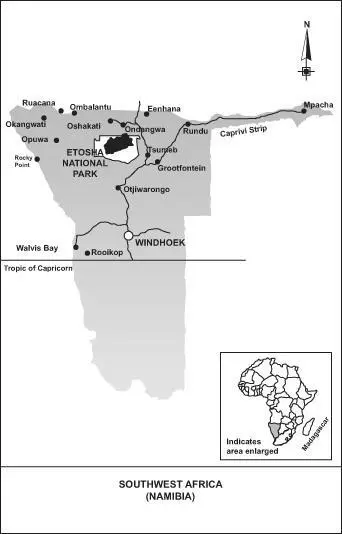
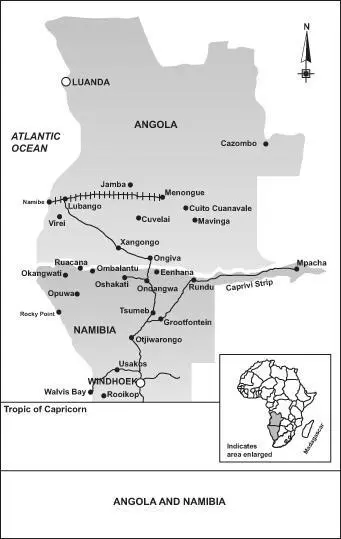
Understanding the Border War between Angola, SWAPO and South Africa
Angola
The Portuguese had colonized and been in possession of Angola for some 400 years. Since the early sixties three main Angolan liberation movements/guerrilla groups had formed and commenced operations against the Portuguese in what became a multi-factioned struggle for the control of Angola. This was called the Angolan War of Independence, or the Portuguese Colonial War, which raged from 1961 to 1974. The three liberation movements were:
• MPLA—Popular Movement for the Liberation of Angola, headed up by Agostinho Neto and backed by USSR, Cuba and East Germany. The MPLA’s military wing was FAPLA—People’s Armed Forces for the Liberation of Angola—which in due course became the Angolan defence force when the MPLA took power in 1975.
• FNLA—National Liberation Front of Angola, headed up by Holden Roberto and backed by the United States, South Africa and China.
• UNITA—National Union for the Total Independence of Angola, headed up by Jonas Savimbi and backed by the United States and South Africa.
In 1974, after 23 years of draining colonial bush wars, a left-wing military coup in Lisbon overthrew Salazar’s right-wing goverment. Overnight the new Portuguese government decided to pull out of Africa, handing Angola on a plate to the astonished Marxist MPLA which had been on the verge of military defeat at the hands of the Portuguese army. In 1975 South Africa sent forces in to support FNLA and UNITA, almost taking the capital Luanda, but the Soviet-backed MPLA regained control of the country (only because of the US-motivated South African withdrawal), forcing UNITA and FNLA back to the bush to continue the struggle against MPLA, in what became one of the largest and deadliest Cold War conflicts with well over 500,000 deaths. FNLA soon fell by the wayside as the South Africans shifted their support exclusively to Savimbi’s UNITA. With the demise of the apartheid regime in the early nineties, South African support dried up and Savimbi struggled on vainly until he was cornered and killed by FAPLA troops in 2002, which signalled the end of the civil war.
South West Africa/Namibia
South West Africa, now known as Namibia, was a German colony, mandated to South Africa for 99 years by the League of Nations in 1919 after World War I. In the early sixties the nationalist liberation group, SWAPO—the South West Africa People’s Organization, led by Sam Nujoma—commenced operations against South Africa for the independence and control of South West Africa. Backed by the Soviet Union and China, SWAPO used guerrilla tactics to fight the South Africans. The Norwegians began giving aid directly to SWAPO in 1974 and in 1976 the newly formed Marxist government of Angola, MPLA, offered SWAPO refuge and bases in Angola from where to launch attacks against the South African military. In 1978, the United Nations passed resolution 435, which called for an immediate ceasefire, South African withdrawal and UN-supervised elections (in other words, a SWA PO assumption of power). However, Soviet imperialism, with its designs on South Africa, assisted by 50,000 Cuban troops and aviators, precluded any settlement as the South Africans and South West Africans slugged it out with FAPLA, SWAPO and their Soviet and Cuban allies. In 1989, the last shots of the conflict were fired as the South Africans withdrew prior to Namibian independence in 1990 under Nujoma’s SWAPO.
I don’t like Mondays—Boomtown Rats
It was a beautiful spring afternoon. The bright sun filtered through the long rows of jacaranda trees that lined the main road. The sidewalk was covered in a thick purple blanket of fallen blossoms that spread out into the busy street, crushed into a purple pulp by the wheels of passing cars.
It was a little past noon; the lunch crowd was starting to throng the sidewalks. Cars stood idling in gridlock at the traffic lights, honking their horns at impatient pedestrians who ignored the ‘don’t walk’ lights as they dashed through the slow-moving traffic.
I was on my way to meet my friend Paul at the Wimpy burger joint for lunch. I had left the town library early hoping to beat the lunch crowd to a seat, and was taking a short cut through the small mall. But it seemed like fate had other plans; it began to look as though I would be late anyway. There were three clear reasons for this and they all stood in the entrance of the plaza eyeballing me.
The first one ran about 95 kilograms, with huge hairy forearms and curly blond hair. The other two weren’t as big as their friend but all three glared at me as they stood wide-legged, guarding the entrance to the plaza.
It had all gone down in a few seconds without a word being said. The three goons had watched me as I approached the entrance where they were standing, my shoulder-length hair no doubt the object of their conservative technical-college attention. Never one to back down from a challenge or the chance of a quick scrap, I glared back at them and, holding their collective stare for a few seconds too long, raised a macho eyebrow that clearly said: “What the fuck are you looking at, prickhead?”
Читать дальше
